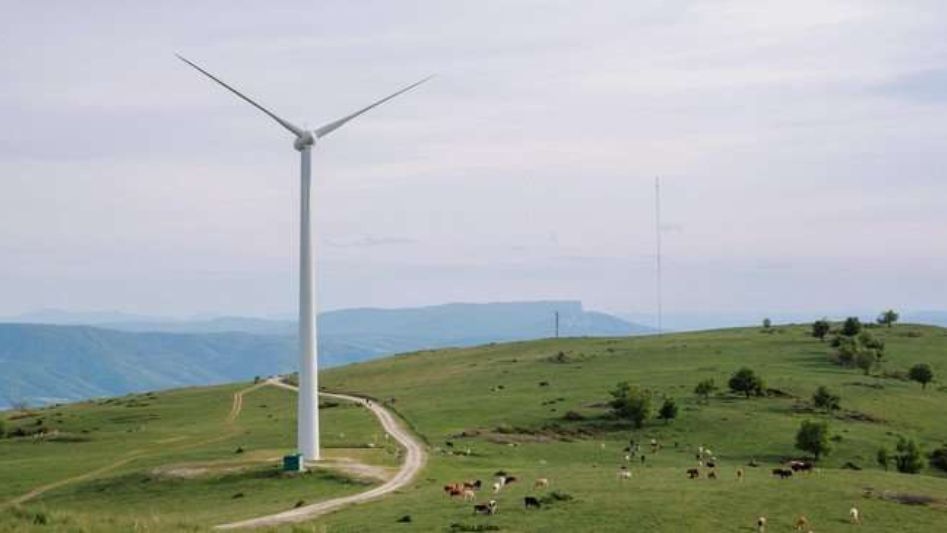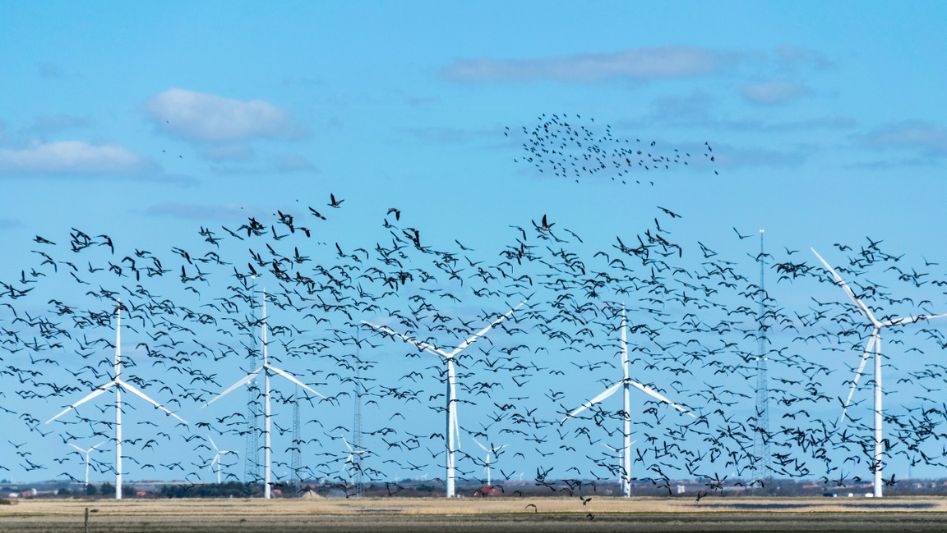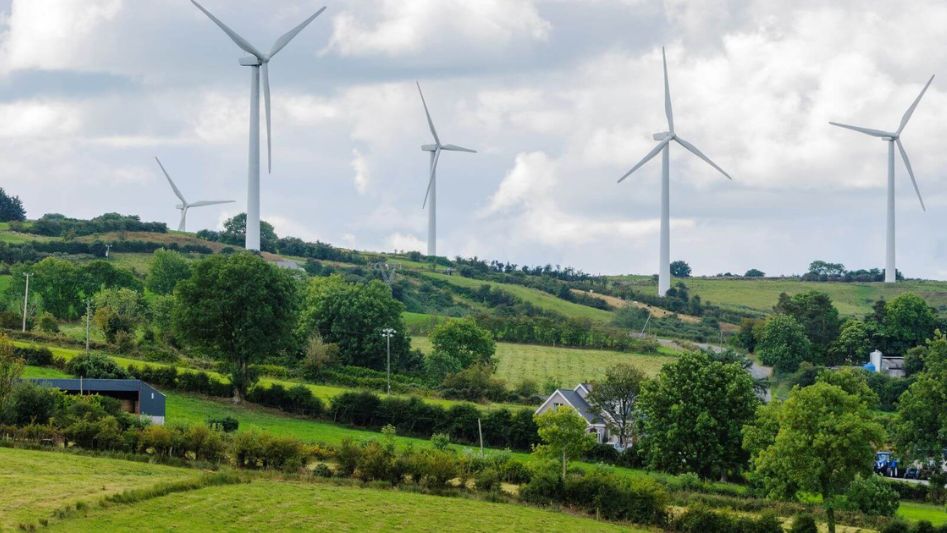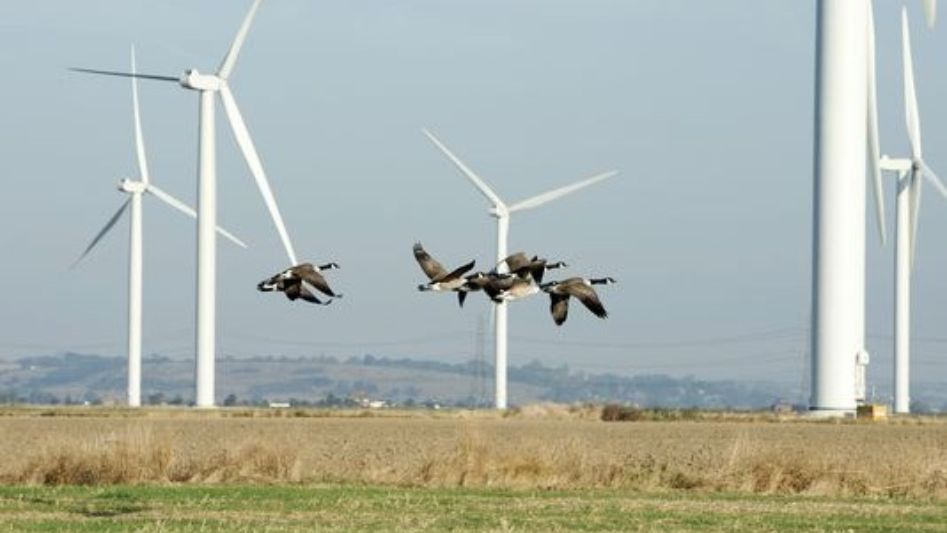Wind farms have become an increasingly popular source of renewable energy in the fight against climate change. They harness the power of the wind to generate electricity, reducing our reliance on fossil fuels and helping to mitigate the impacts of global warming. However, the development and operation of wind farms can have significant effects on local ecosystems and biodiversity. Striking a balance between renewable energy production and the preservation of nature is crucial. In this article, we will explore the impacts of wind farms on biodiversity and discuss strategies to minimize their negative effects while maximizing their benefits.
Table Of Content
We invite you to read: “Sailing Towards Sustainability: The Rise of Offshore Wind Farms”

The Positive Side of Wind Energy
Wind energy is a clean and sustainable source of power, making it an essential component of our transition to a low-carbon future. Unlike fossil fuels, wind power does not emit greenhouse gases or other pollutants that contribute to air and water pollution. Additionally, wind turbines have a relatively small carbon footprint when compared to the lifetime emissions of coal or natural gas power plants.
The Impact on Birds and Bats
One of the most significant concerns regarding wind farms’ impact on biodiversity is their potential harm to birds and bats. Collisions with spinning turbine blades can result in fatalities for these animals. The scale of this issue varies depending on factors such as turbine design, location, and bird and bat migration patterns.
To mitigate these risks, researchers and developers have been working on innovative solutions, such as using radar systems to detect incoming flocks and adjust turbine blade rotation accordingly. Additionally, placing wind farms away from known migration routes and critical habitat areas can reduce the likelihood of collisions.
Habitat Fragmentation and Disruption
The construction of wind farms often involves the clearing of land and the installation of roads and transmission lines, which can lead to habitat fragmentation and disruption. These activities can disrupt the natural movements of wildlife and impact breeding and foraging behaviors.
To address this challenge, developers can conduct thorough environmental impact assessments before constructing wind farms. Identifying and protecting critical habitats and migration corridors is essential for minimizing the impact on local ecosystems. Additionally, restoring or rewilding areas affected by construction can help offset habitat disruption.
Noise and Vibration
The noise and vibration generated by wind turbines can also affect wildlife, particularly species with acute hearing or vibration-sensitive behaviors. For example, some marine mammals, like dolphins and whales, are sensitive to underwater noise generated by offshore wind farms.
To mitigate these impacts, developers can employ noise-reduction technologies and design turbines with quieter operations. Furthermore, conducting baseline studies to understand the acoustic environment and monitor wildlife responses can help in managing noise-related concerns effectively.
We invite you to read: “Protecting Wildlife: Dutch Set Global Precedence with Offshore Wind Farms Shutdown for Migratory Birds”

Balancing Act: Maximizing Benefits and Minimizing Harm
Striking a balance between wind energy development and biodiversity conservation is essential for a sustainable future. Here are some strategies to achieve this balance:
1. Site Selection
Choosing the right location for wind farms is critical. Developers should prioritize areas with minimal impact on sensitive ecosystems, migratory routes, and critical habitats. Advanced mapping and modeling tools can aid in identifying suitable sites.
2. Adaptive Management
Implementing adaptive management practices allows for continuous monitoring of wildlife and habitat impacts. Developers can make adjustments to turbine operations or placement based on real-time data to minimize harm.
3. Collaboration and Research
Collaboration between wind energy developers, conservation organizations, and researchers is essential. Joint efforts can lead to innovative solutions, such as developing bird-friendly turbine designs or wildlife-friendly vegetation management practices.
4. Offset and Compensation
Developers can contribute to biodiversity conservation efforts by investing in habitat restoration or preservation projects elsewhere. These offsets can help compensate for the ecological impact of wind farms.
We invite you to read: “Offshore Wind Farms: Mitigating the Challenges of Onshore Wind Energy”

Conclusion
Wind energy is a vital component of our transition to a sustainable future, but it must be developed with careful consideration for its impact on biodiversity. By implementing responsible practices, such as site selection, adaptive management, collaboration, and offsetting, we can strike a balance that allows wind farms to coexist harmoniously with nature. As technology and our understanding of ecological interactions continue to advance, we can look forward to a future where renewable energy and biodiversity conservation go hand in hand.
FAQs
How do wind farms affect biodiversity?
Wind farms can impact biodiversity through bird and bat collisions, habitat disruption, and noise and vibration disturbances.
What measures can be taken to minimize the impact of wind farms on wildlife?
Strategies include careful site selection, adaptive management, collaboration with conservation organizations, and offsetting ecological impact.
Is wind energy environmentally friendly?
Yes, wind energy is clean and sustainable, emitting no greenhouse gases or air pollutants during operation.
You May Also Like
- Offshore Wind Farms: The Advantages and Challenges
- The Best Floating Multi-Turbine Technology for Wind Farms
- The Power of Rotation: Vertical Axis Wind Turbines Explained
- Vertical Axis Wind Turbines: A Green Revolution on the Horizon
- What if Wind Farms Could Power the World?

